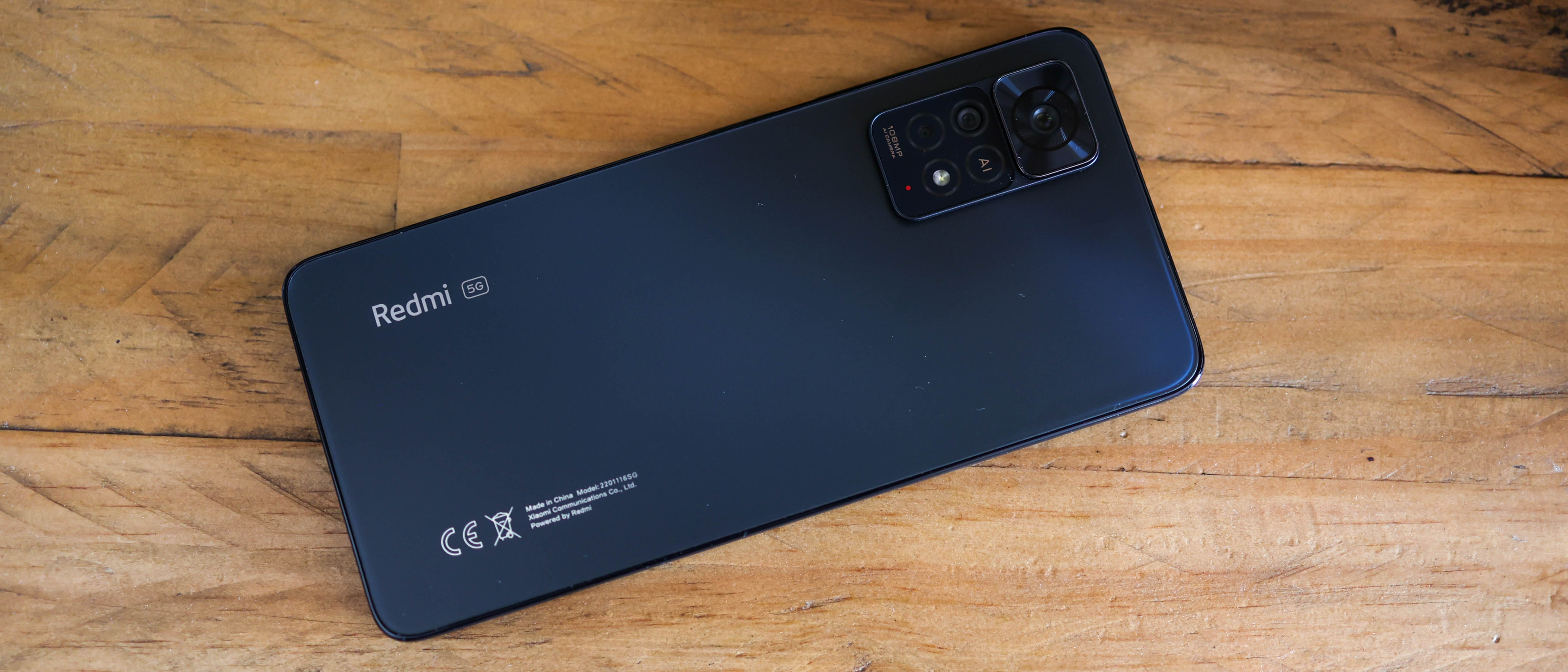Digital Camera World Verdict
With a worse camera mix than its predecessor, the Redmi Note 11 Pro is ultimately a comparative letdown. Nevertheless, it's a very good smartphone that's loaded up with 5G, a fantastic screen, excellent battery life and a fine day to day camera, even if it doesn't best the greatest budget phones on the block.
Pros
- +
Excellent 120Hz AMOLED screen
- +
Premium design for the price
- +
Brilliant battery life
Cons
- -
Good, not great cameras
- -
Weak gaming performance
- -
Camera downgrade versus its predecessor
Why you can trust Digital Camera World
After the success of the excellent value Redmi Note 10 Pro, Xiaomi hopes its successor, the Redmi Note 11 Pro 5G will build on the line's success. With stiff competition from the Realme 9 series, which includes the budget camera phone champion of the moment – the Realme 9 Pro Plus, it's a tight race for the title of best budget camera phones of 2022.
The appeal of the Note 11 Pro 5G goes beyond its 108MP camera. The phone sports an impressively specced screen, a good-looking design with a glass back, and charges incredibly quickly for a low-cost phone, with 67W charging. Setting you back £319 (around $400) though, it's more expensive than the Note 10 Pro was when it launched, and the identically specced Poco X4 Pro 5G costs a bit less too.
So should you even be considering the outclassed-at-launch Realme 11 Pro 5G when other phones, including the mighty Poco F3 offer more power and a lower price? Or does the Note 11 Pro strike that sweet spot of affordability, premium design and a good enough feature set?
Also see: Best budget camera phone of 2022
Redmi Note 11 Pro: Design and screen
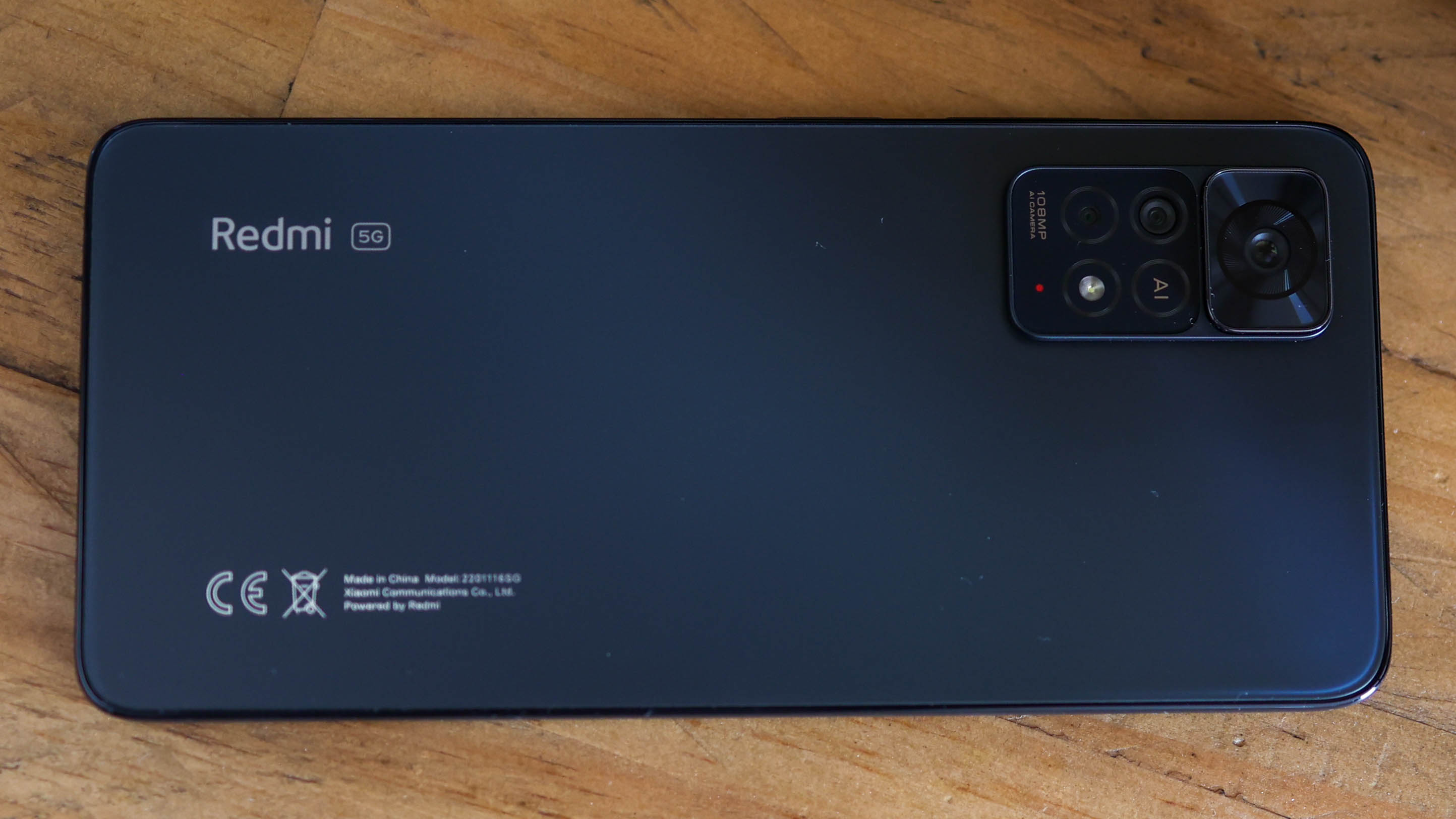
A mixture of glass and plastic, the Redmi Note 11 Pro 5G adds a frosted finish and more premium materials to the line. It also makes it a touch less elegant than the Note 10 Pro, swapping out a curved back for a flat sheet.
While the Poco X4 Pro 5G is glossy, so loves clinging onto fingerprints, the Redmi Note 11 Pro 5G's matte back doesn't get as smudged. There's also a case in the box, a pre-fitted screen protector on the front and IP53 certification, so while not waterproof, the phone can handle a splash.
Bringing back the 3.5mm headphone port, Xiaomi's Note 11 Pro 5G is a good choice for wired headphone lovers, and there's also an IR blaster, so it can control a TV or sound system using the pre-installed Mi Remote app.
The phone's USB-C port is at the bottom alongside a dual-SIM slot, there's a volume rocker too, and the power button doubles up as a fingerprint scanner.

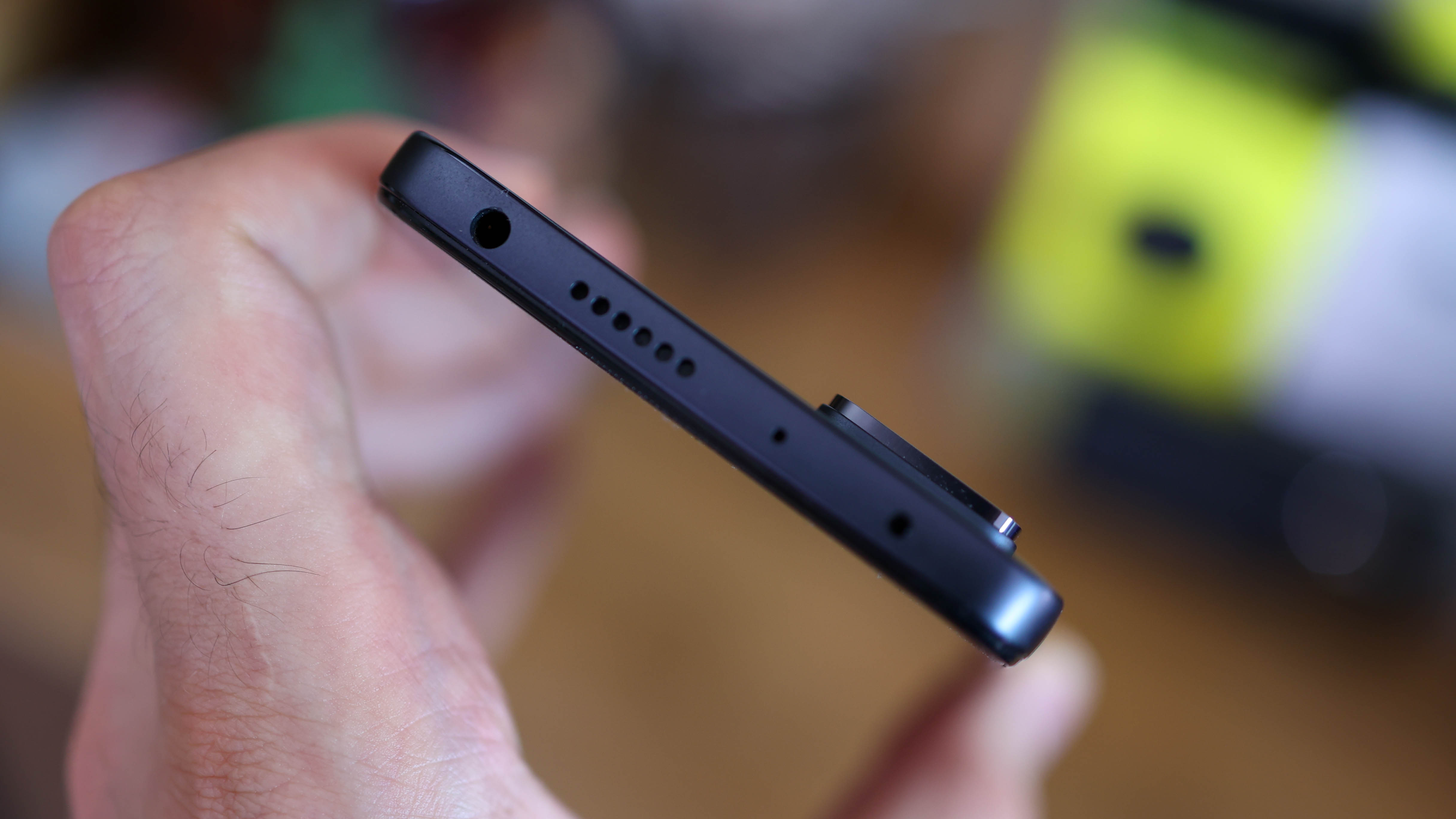
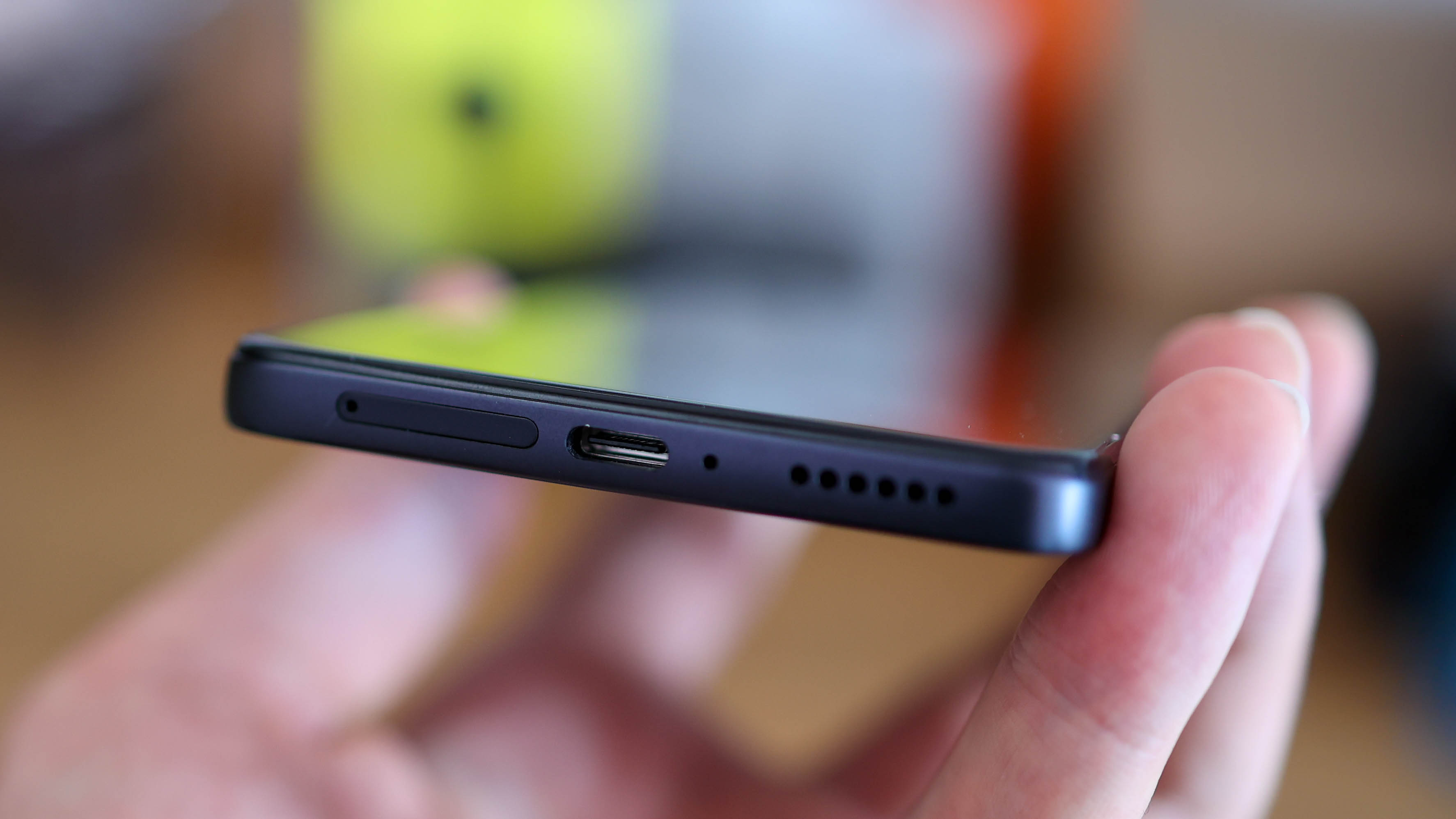
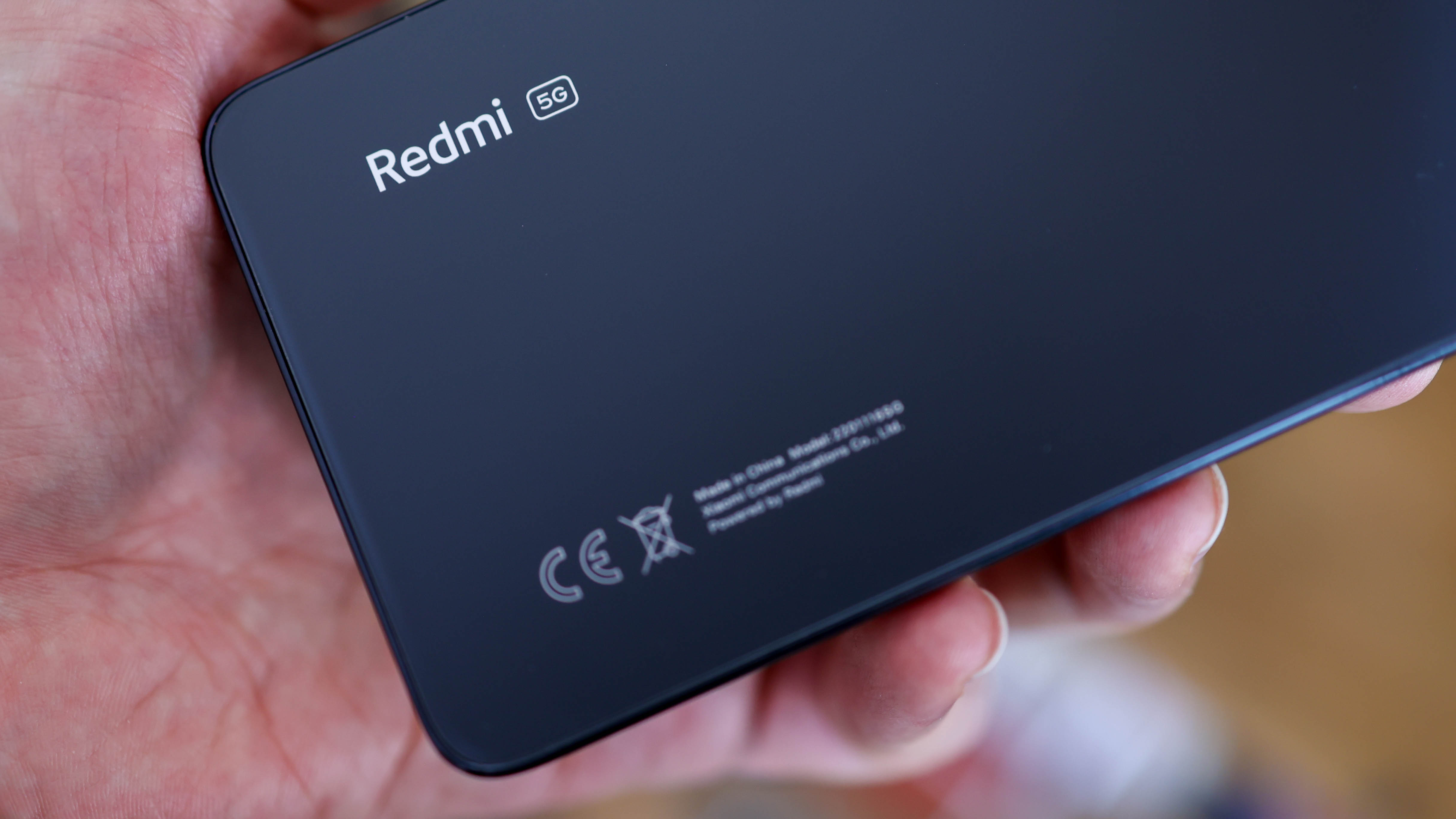
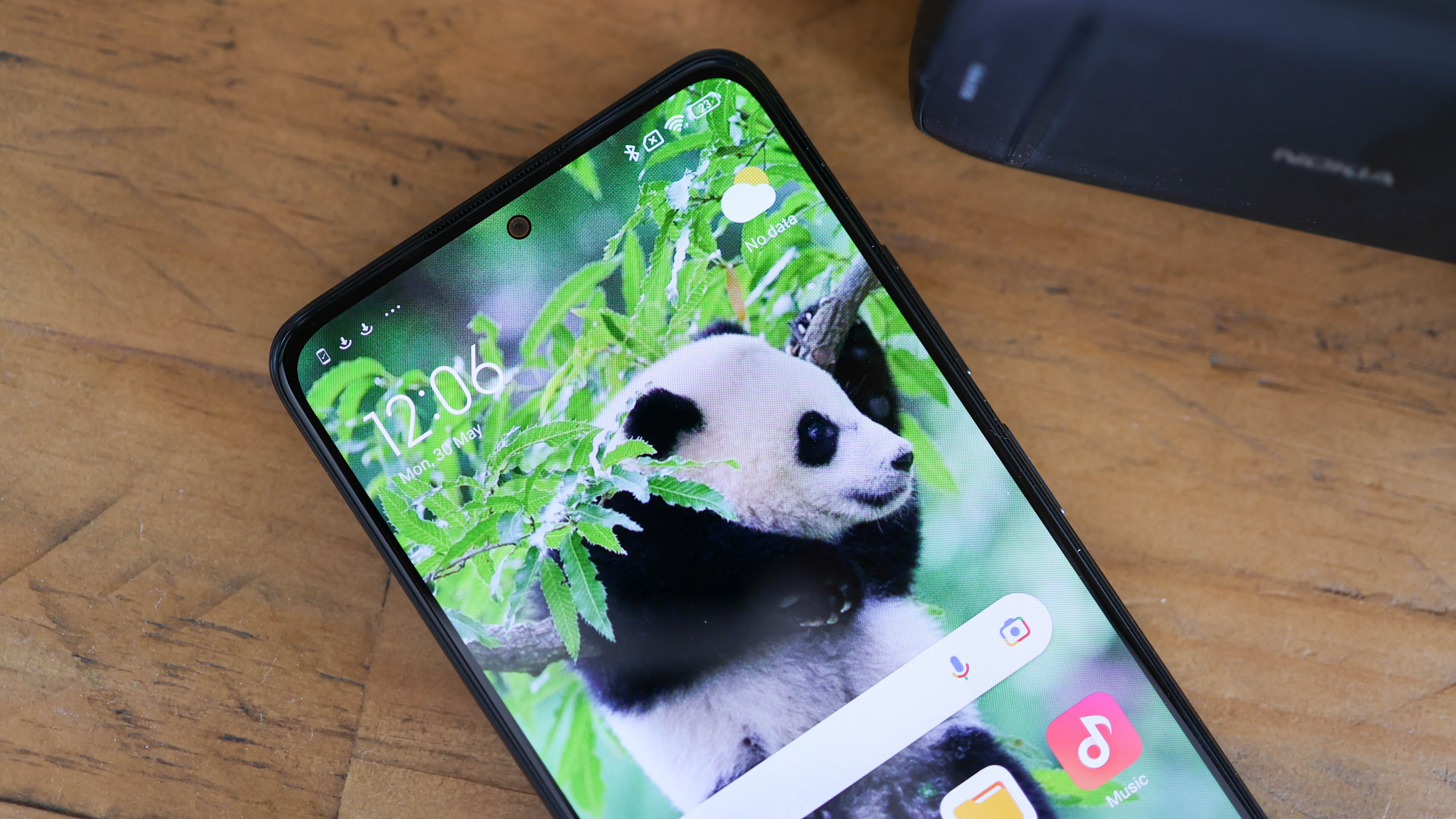
Despite being made of more premium materials than last year's Redmi Note 10 Pro, we prefer the 10 Pro over the 11 Pro 5G when it comes to design. It crams in just as big a battery and a killer screen while feeling more elegant in hand, and despite missing out on a frosted glass back, still looks and feels great.
That's not to say we aren't fans of the Redmi 11 Pro 5G. It's rich to the touch, great for the price – significantly more refined than the Poco X4 Pro 5G. Xiaomi just set the bar very high with its excellent Note 10 Pro.
As for the screen – it's very good for the price, with its punchy AMOLED panel and smooth 120Hz refresh rate. It's big at 6.67 inches, and with wide Full-HD resolution, competitively sharp. Bright and vibrant too, the Redmi Note 11 Pro 5G is a perfect phone for watching on, so will be especially suited to folks who need a media player from their mobile.
Redmi Note 11 Pro: Camera specs
When the 108MP Note 10 Pro launched, it brought a massive (for a budget phone) 1/5.2 sensor to an affordable device for the first time. A year on and the Note 11 Pro 5G brings back this same sensor, which isn't a bad thing – but it isn't quite the same wow it once was. Matched with an f/1.9 lens, it captures 12MP stills by default. Most disappointing is the fact last year's Note 10 Pro shot 4K footage, but the Note 11 Pro caps out at 1080p.
On the plus, this 108MP camera does feature a larger sensor than found in the Realme 9 – and without ruining the camera verdict, is unsurprisingly a better performer.
The 8 MP ultra-wide camera is powered by a decent Sony IMX 355 sensor and has an f/2.2 lens with a 118˚ field of view, and the 2MP fixed-focus macro camera uses a tiny GalaxyCore GC02M1 sensor (1/5"). Selfies are shot on a small 16MP OmniVision sensor with measuring 1/3.06", matched with an f/2.4 lens.


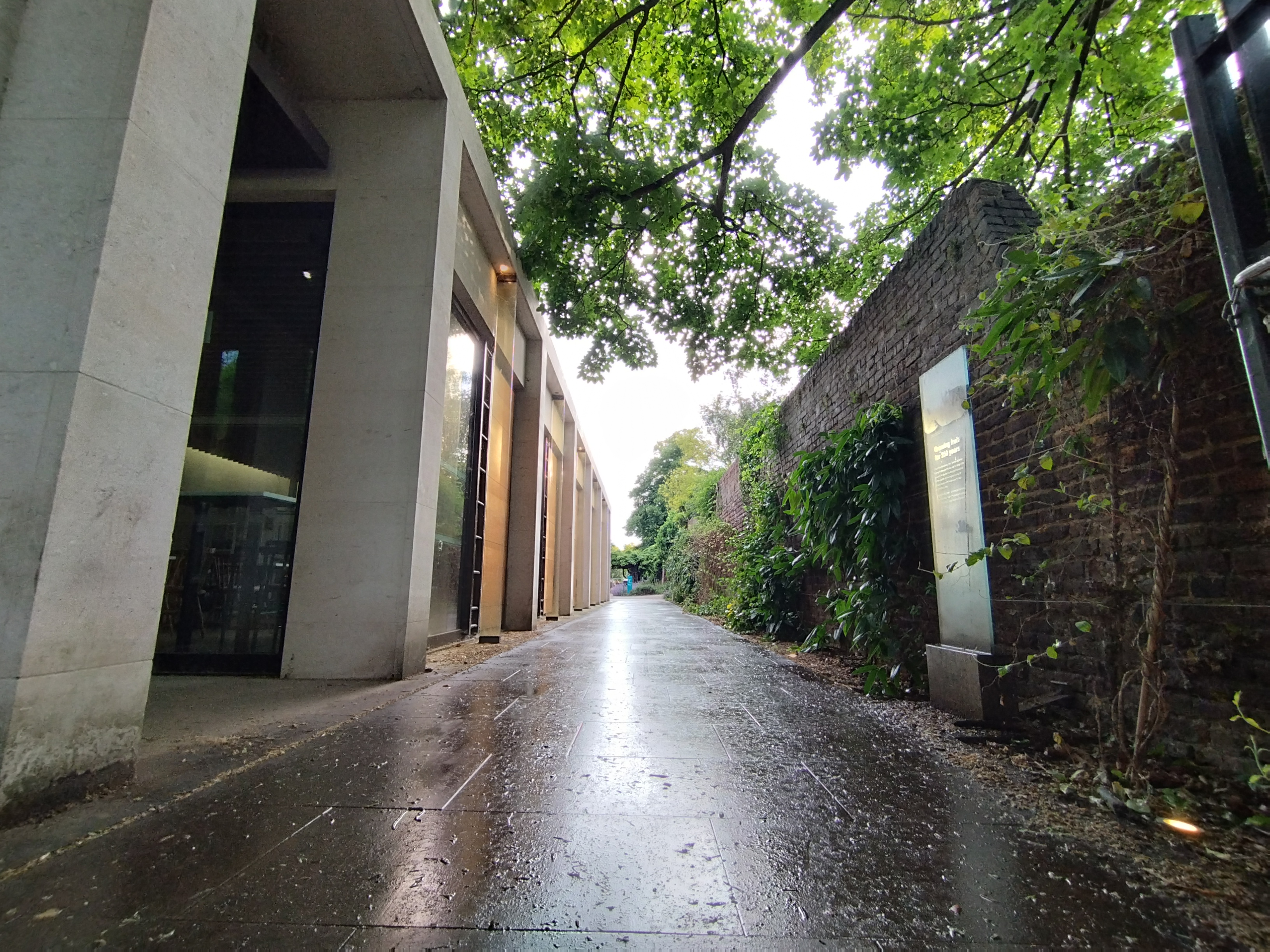

Shooting modes go beyond the standard Photo, Portrait, Video, Night and Pro modes to include 108MP, Short video, Panorama, Document, Slow motion, Time-lapse, Long exposure and Dual video modes.
Redmi Note 11 Pro: Camera performance
We liked the Redmi Note 10 Pro's camera a lot. Sure, it had no OIS but matched with a steady hand, it could get some stellar shots, and its RAW photo capture helped it really stand out for photography enthusiasts.
You can imagine our disappointment to find out that the Note 11 Pro 5G misses out on RAW capture, unless you install a third-party app, like Manual Camera. Even with a third-party app, the phone captures 12MP RAW photos, rather than 108MP true RAW images.
The phone still takes good-looking photos, packed with detail, and also captures respectable dynamic range. Contrast is high, sharpening is aggressive, and with the 108MP camera producing 12MP photos, reverse engineering this processing is pretty destructive.
GSM Arena mentions in its camera tests that shooting in 108MP mode gives enthusiasts more wiggle room when editing their photos, and we found this to be true. As you can see from the example below, we could extract a lot of shadow and color detail from a full-resolution photo.

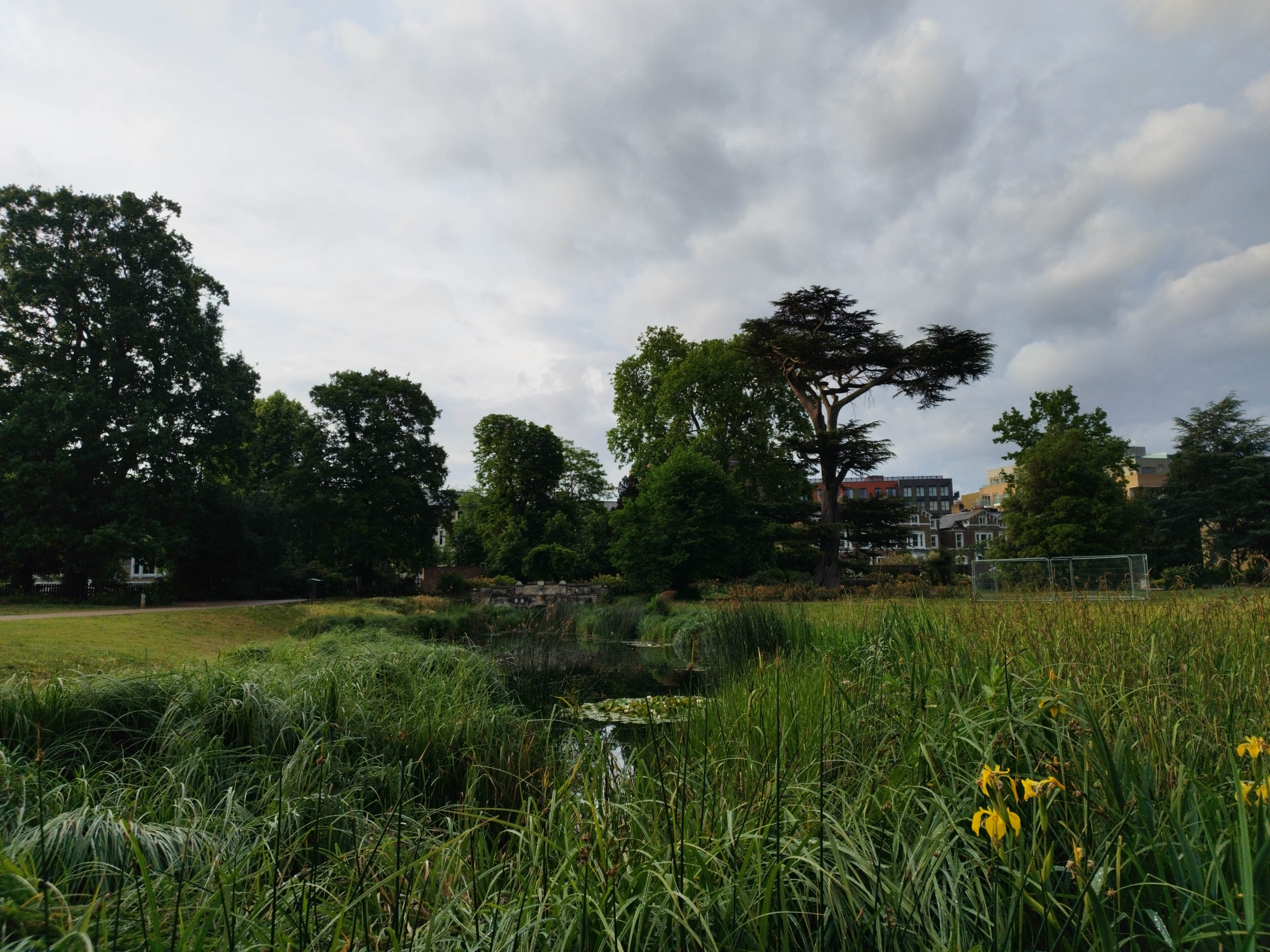
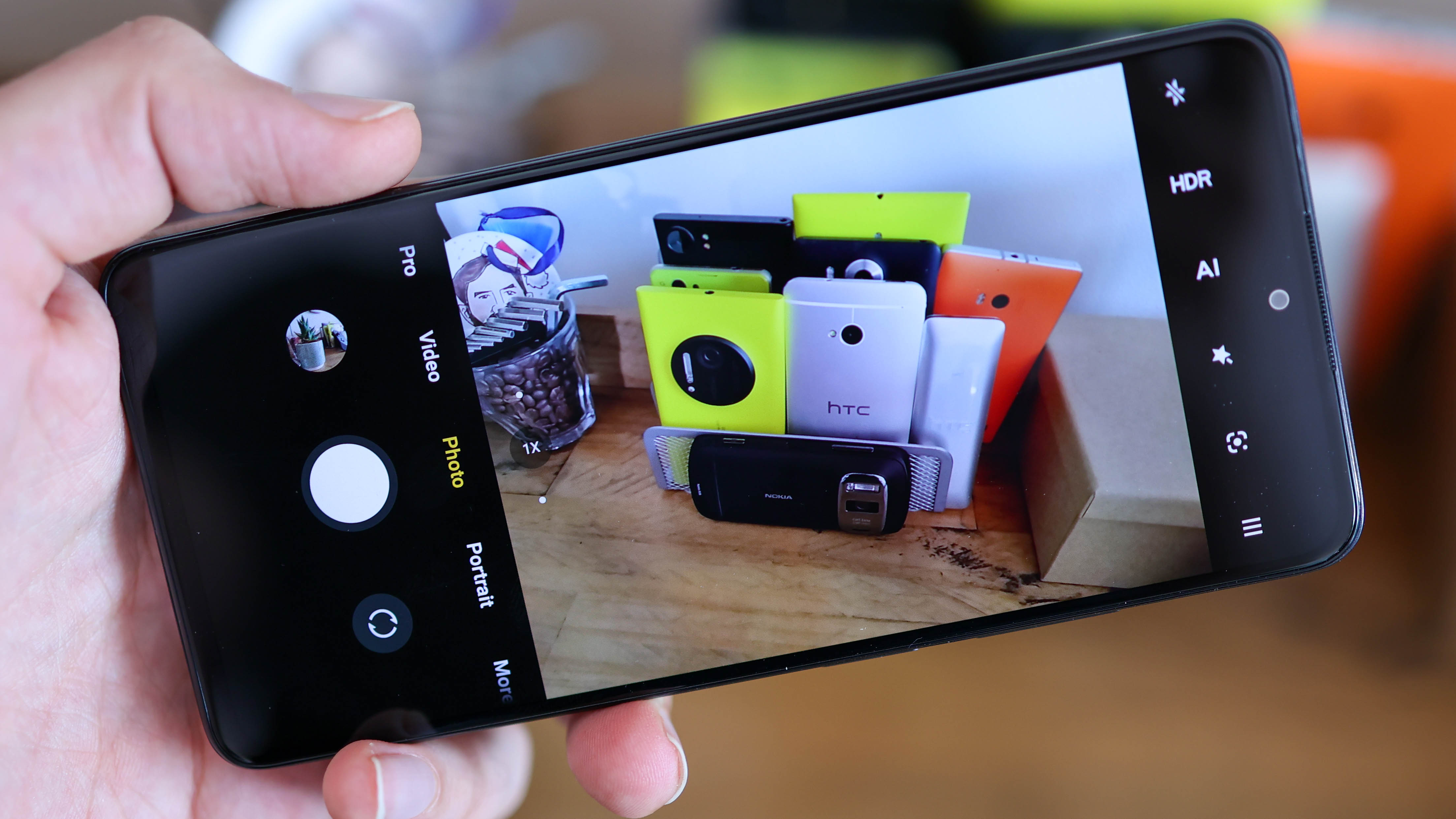
Even if you just want to shoot in auto mode, the Redmi Note 11 Pro will take a great photo outdoors. Portraits are realistic, with more Panasonic-like, cool characteristics than Canon's warmer take on skin tones. Detail is fair too.
The camera sensors are capable of respectable levels of dynamic range, though Xiaomi's photo processing dials this back on first impression with its high contrast. White balance was accurate in our tests, and across the two sensors, color-matching was fair, artificial lighting and low light, in general, is where the wide and ultra-wide camera start showcasing different colors.
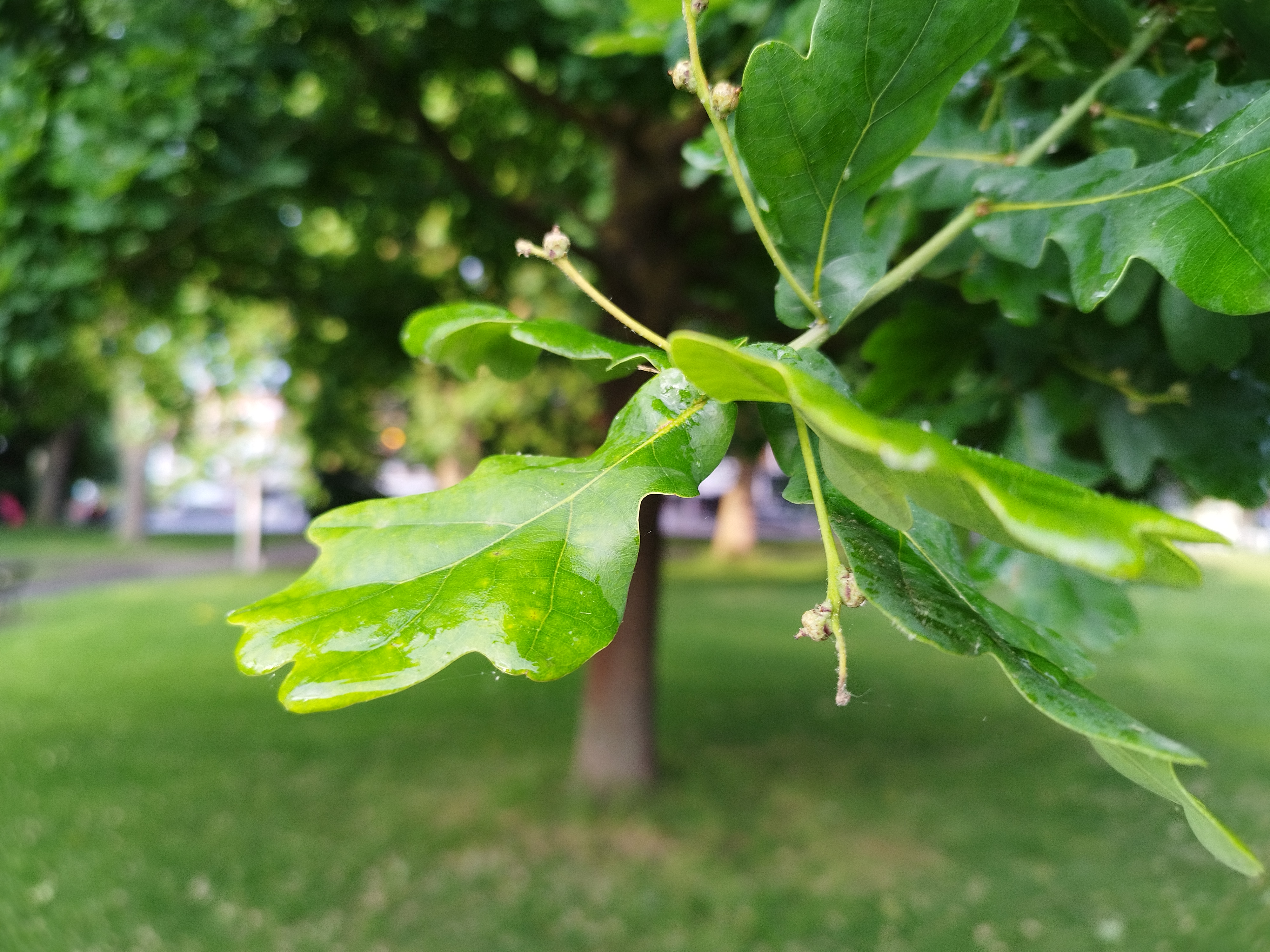

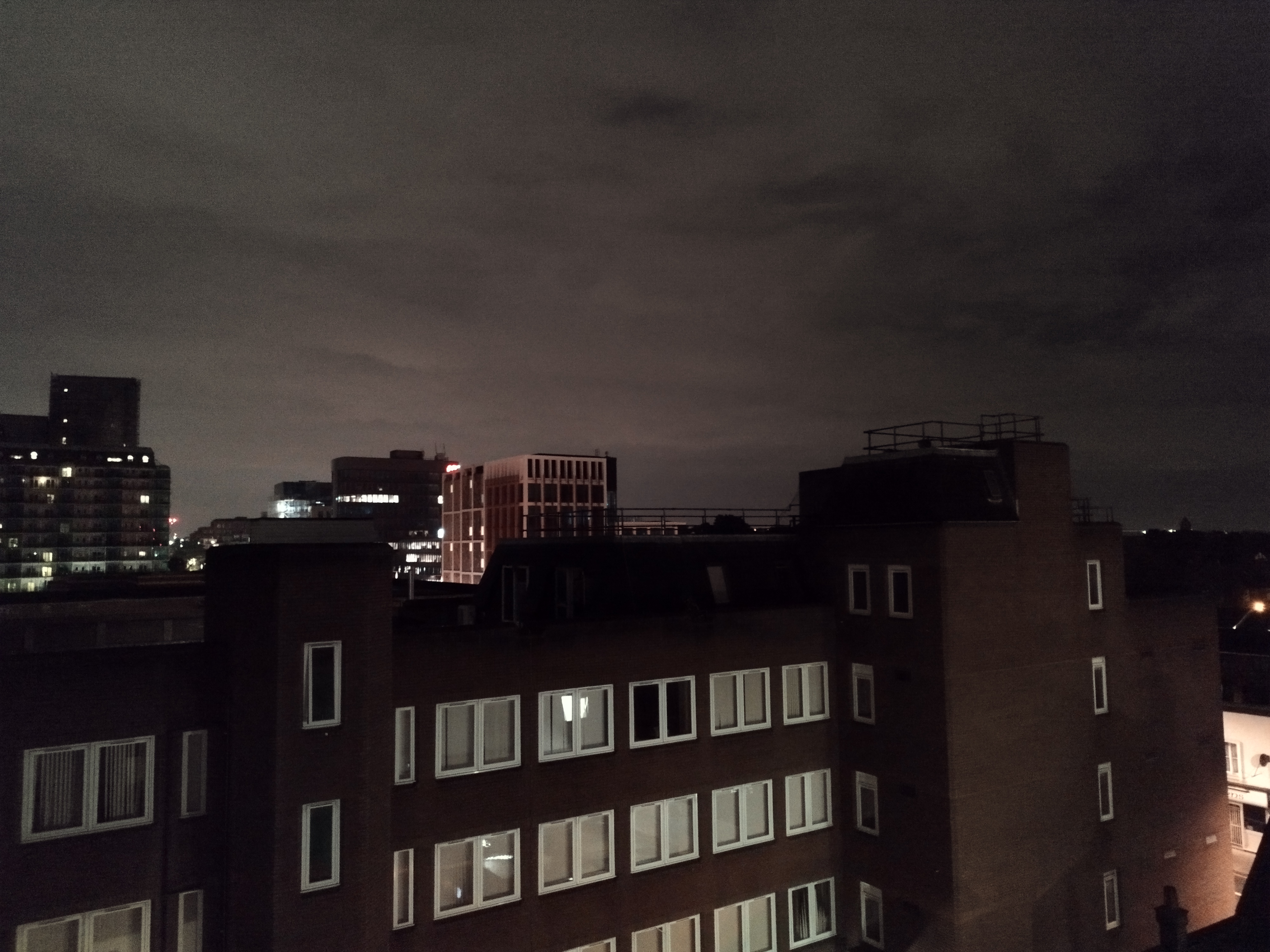
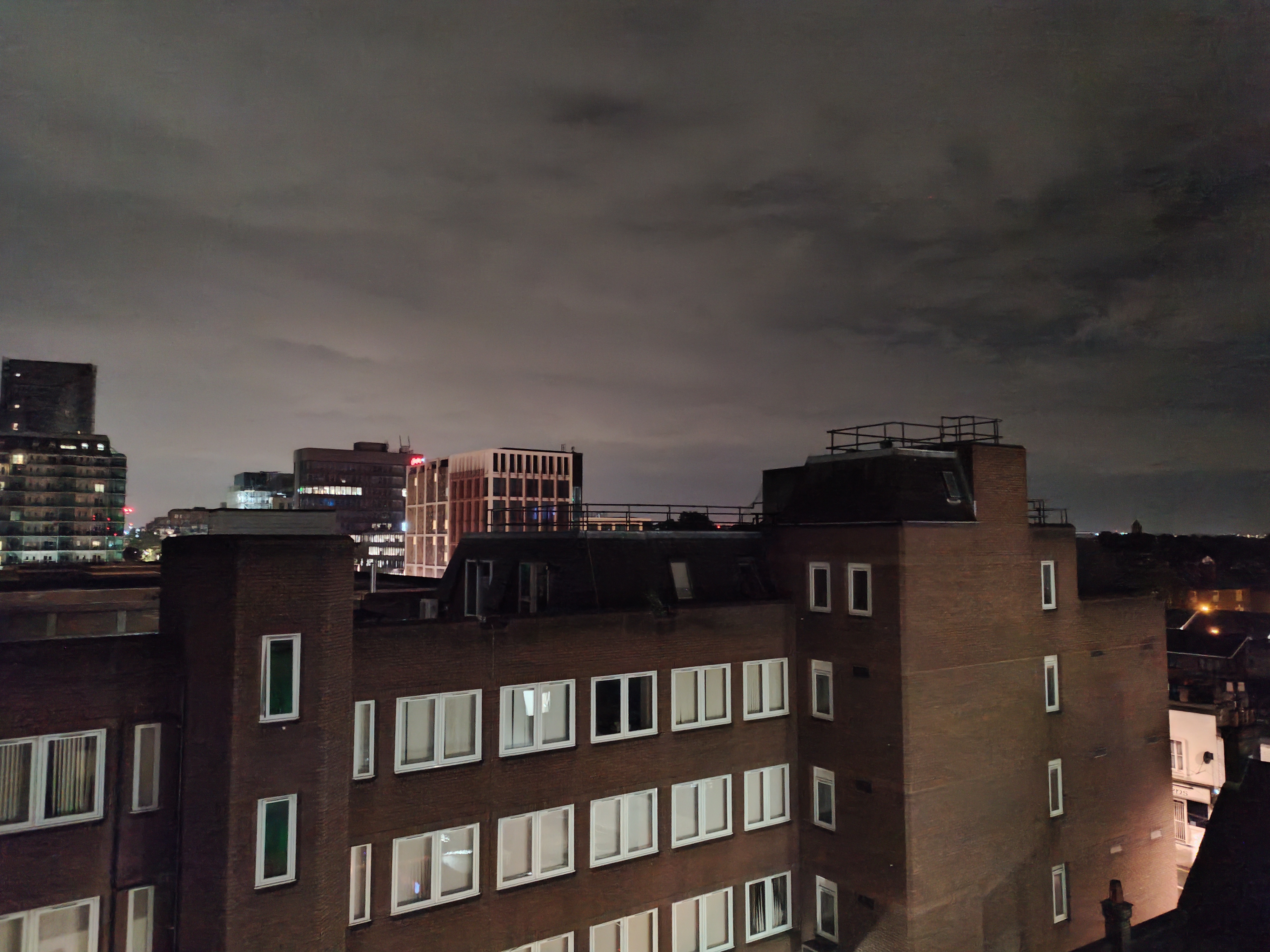
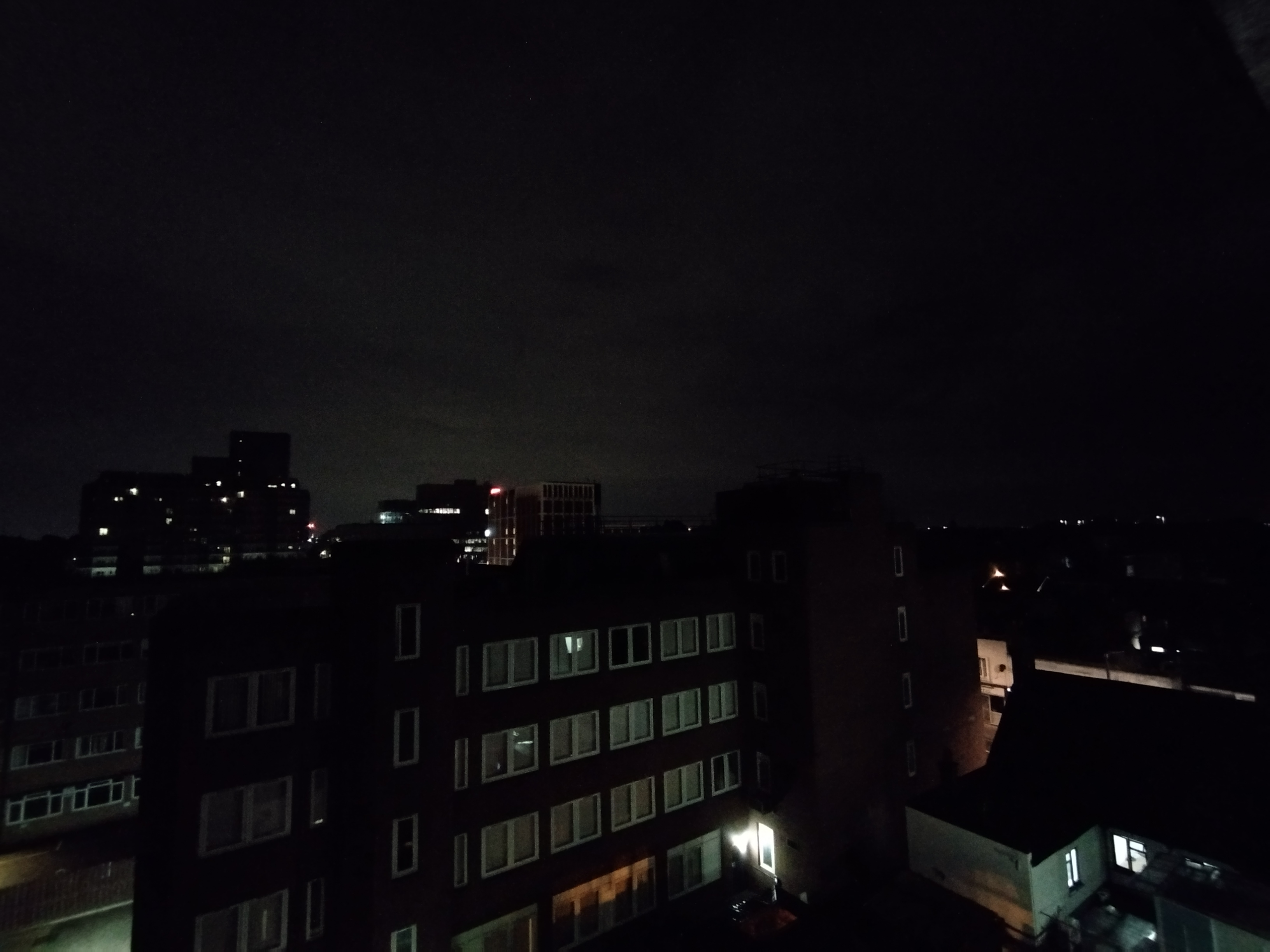
Whether you fire up night mode or not, the Redmi Note 11 Pro 5G outperforms cheaper competition like the Realme 9 and Realme 9 5G. Its noise handling is exceptional for the price, and while in automatic mode there's a natural darkness to photos, in night mode, you can grab some more exposed low-light photos that take advantage of computational photography.
It's a real shame the Redmi Note 11 Pro's video caps out at 1080p 30fps, because its footage doesn't look bad, and we know its 108MP sensor is capable of 4K capture.
Despite no OIS, the EIS does a fine job of holding a frame steady, and that extends to selfie video too, which holds up well in bright scenes – ultimately making the Redmi Note 11 Pro a good camera phone, but not an excellent one.
Redmi Note 11 Pro: Additional specs
With its Snapdragon 695 5G, the Redmi Note 11 Pro isn't the mightiest phone at its price, though with an ample 6GB RAM and 128GB storage, and a memory card slot, you still have some flagship-grade numbers in the mix.
The high refresh rate helps the phone look and feel fast, with slowdown only occasionally creeping in. Xiaomi’s interface, MIUI, which sits on top of Android 11 is heavy, so fans of a more stock Android experience should look to phones from Motorola or Nokia.
As for gaming and processor-intensive tasks, image editing in Lightroom wasn't too painful, even when exporting large 108MP photos. Gaming is a bit more of a grind, especially when playing top-tier titles like Genshin Impact – minimum graphics settings only.
Despite this, 2D titles, including the new Streets of Rage 4, which many would argue is the pinnacle of 2D mobile gaming played back great on the phone.
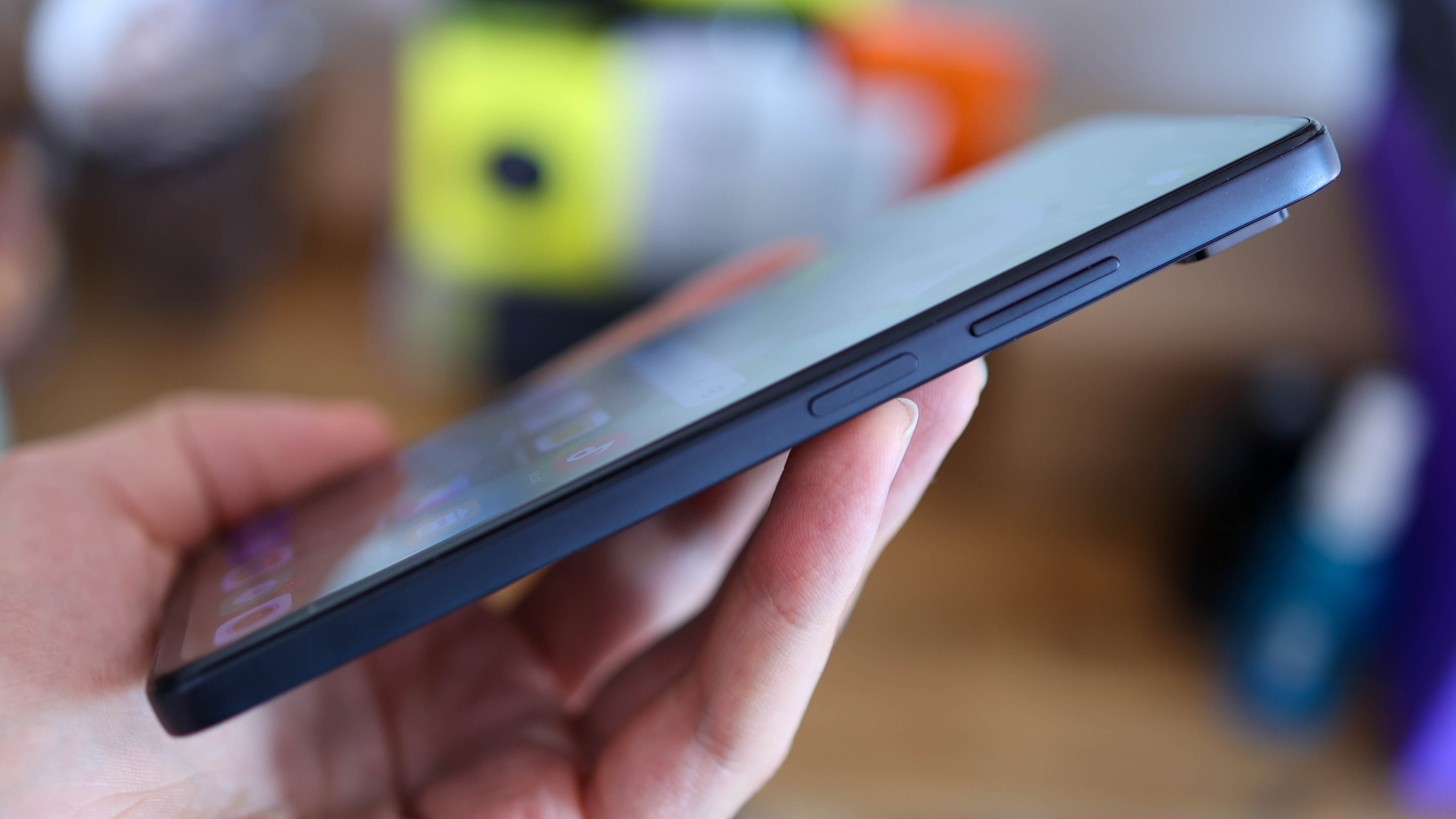
Xiaomi includes a giant 5,000mAh battery in the Realme Note 11 Pro, and it performed exceptionally, lasting a full day with about 30-40 percent remaining. Conservative use could easily eke out two days from it, and with fast 65W charging, it also powers up in a little over 45 minutes.
Redmi Note 11 Pro: verdict
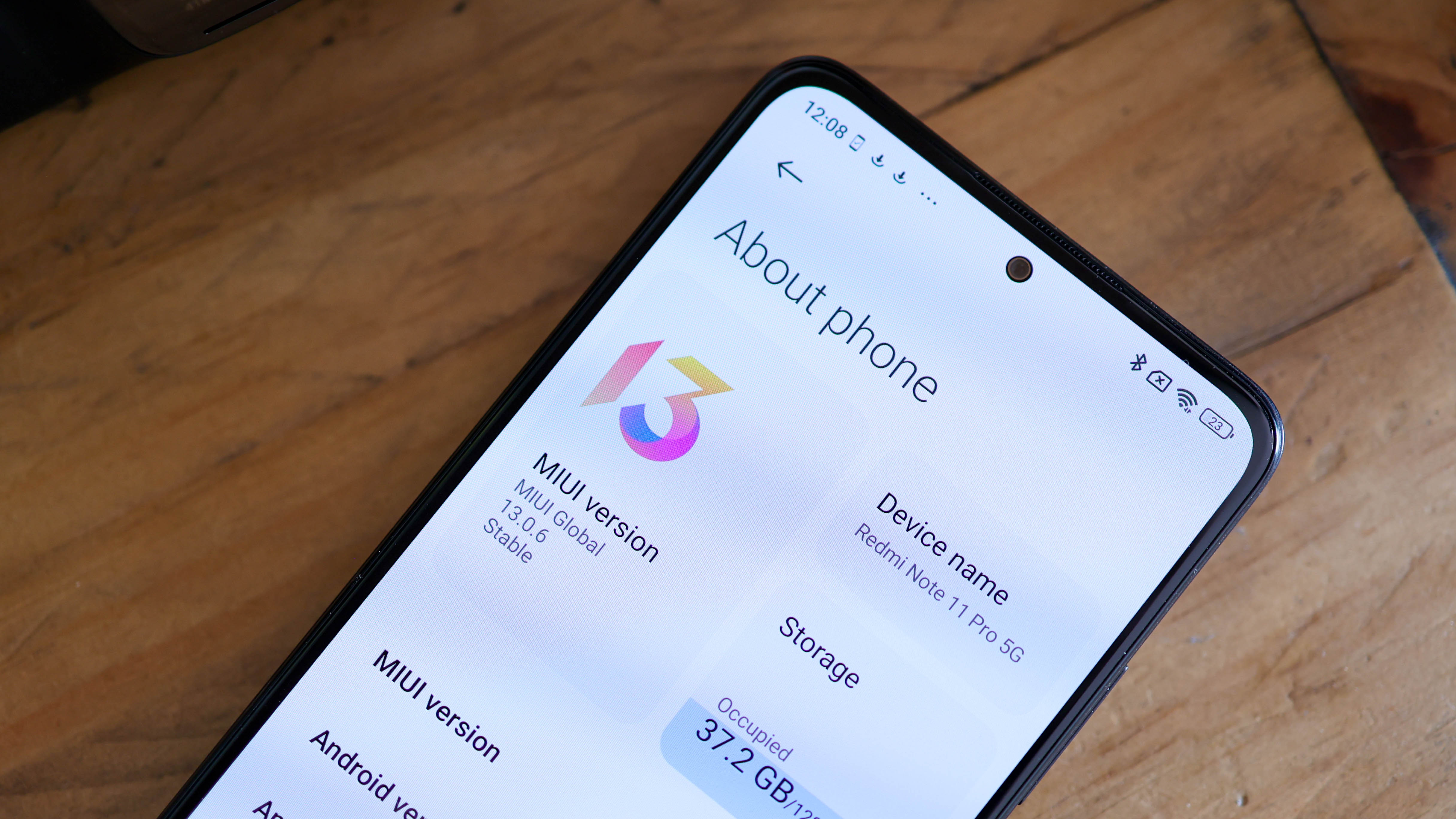
The Redmi Note 11 Pro 5G is a disappointment when compared to its predecessor, but that doesn't make it a bad phone. Its design feels premium, its screen is exceptionally good. Video played back on it looks and sounds great, helped along by those stereo speakers, and its battery life is brilliant too.
The phone's camera is good, and it's even good for the price, but this isn't another five-star camera phone like last year's Redmi Note 10 Pro was. Instead, it's a confident four-star option that offers decent bang for buck in all areas, but loses out to the likes of Realme's 9 Pro Plus and the OnePlus Nord 2 when it comes to pure camera quality.
• The best camera phones you can buy today
• Best Xiaomi phones
• The best phablets
• Which is the best iPhone for photography?
• The best gimbals
• Best phone cases
Basil Kronfli is a freelance technology journalist, consultant, and content creator. He trained in graphic design and started his career at Canon Europe before moving into journalism. Basil is also experienced in video production, independently running the YouTube channel TechEdit, and during his time at Future, he worked alongside the Digital Camera World team as a senior video producer.
